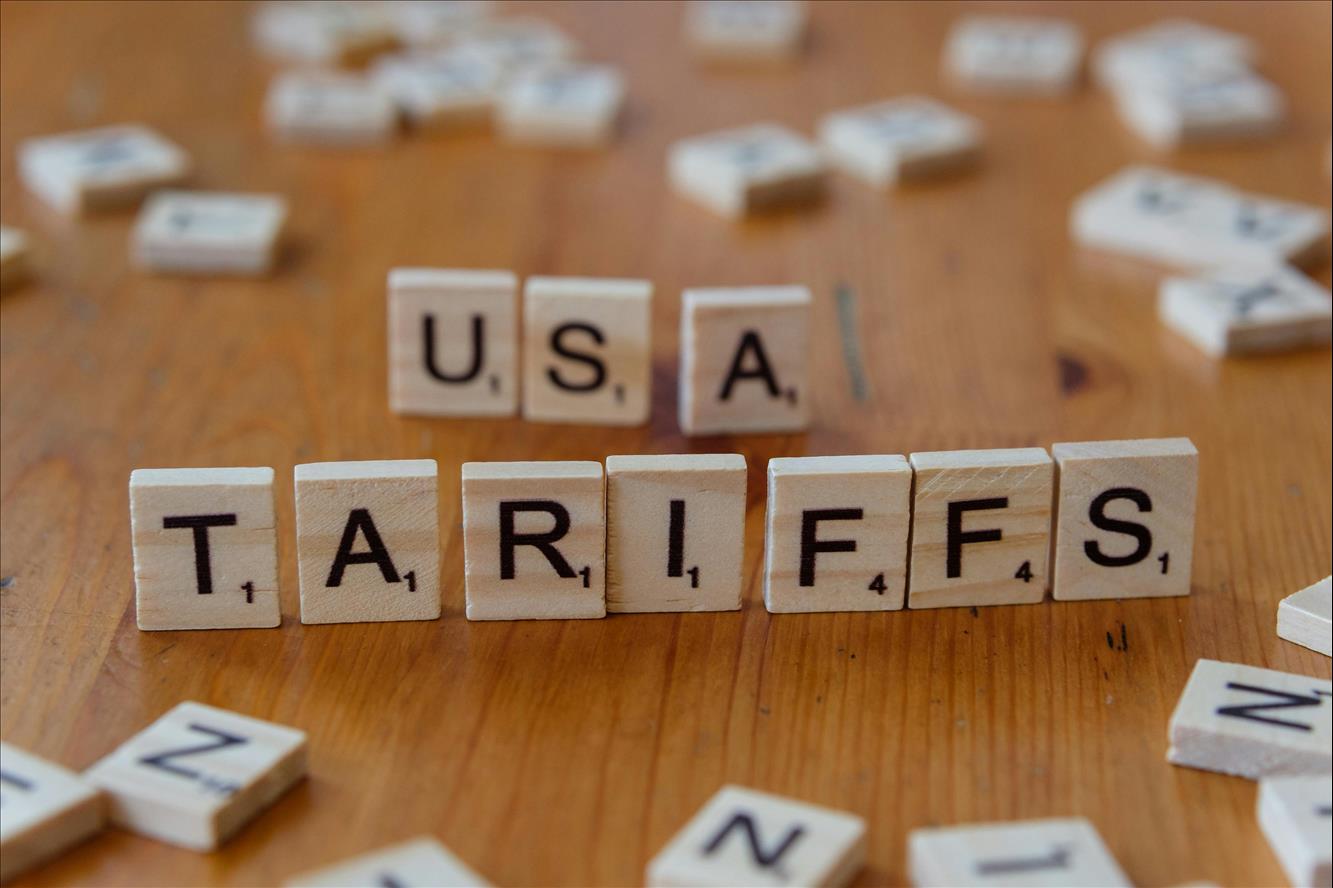Trump Tariffs Deemed Unlawful by Federal Appeals Court
(MENAFN) A federal appeals court ruled Friday that most of U.S. President Donald Trump's global tariffs were illegally imposed, finding he exceeded his legal powers, media reported. Despite the ruling, the levies remain in place for now as the case heads back to a lower court for further review.
The U.S. Court of Appeals for the Federal Circuit upheld a prior decision by the Court of International Trade, which found Trump misused emergency powers under the International Emergency Economic Powers Act (IEEPA) to justify the tariffs. However, appellate judges instructed the lower court to determine whether the decision affects only the plaintiffs or all parties impacted by the tariffs.
The case introduces continued uncertainty around the future of Trump’s signature trade measures, which significantly altered U.S. economic ties globally. A final decision could ultimately rest with the U.S. Supreme Court.
"Trump is all but certain to appeal the ruling to the Supreme Court. The appellate court paused its ruling from taking effect until Oct. 14, in order to give the Trump administration time to ask the Supreme Court to take up the case," media reported.
According to media, Trump’s legal team argued the IEEPA grants the president broad authority to impose country-specific tariffs if deemed essential during a national emergency. However, a federal trade court rejected that interpretation in May, striking down the IEEPA-based tariffs, including a set of global “reciprocal” tariffs announced in early April. The appellate court temporarily blocked that ruling during the appeal process.
Media noted that "the decision undercuts the centerpiece of his aggressive trade policy, which reshaped U.S. economic relations with much of the world."
The U.S. Court of Appeals for the Federal Circuit upheld a prior decision by the Court of International Trade, which found Trump misused emergency powers under the International Emergency Economic Powers Act (IEEPA) to justify the tariffs. However, appellate judges instructed the lower court to determine whether the decision affects only the plaintiffs or all parties impacted by the tariffs.
The case introduces continued uncertainty around the future of Trump’s signature trade measures, which significantly altered U.S. economic ties globally. A final decision could ultimately rest with the U.S. Supreme Court.
"Trump is all but certain to appeal the ruling to the Supreme Court. The appellate court paused its ruling from taking effect until Oct. 14, in order to give the Trump administration time to ask the Supreme Court to take up the case," media reported.
According to media, Trump’s legal team argued the IEEPA grants the president broad authority to impose country-specific tariffs if deemed essential during a national emergency. However, a federal trade court rejected that interpretation in May, striking down the IEEPA-based tariffs, including a set of global “reciprocal” tariffs announced in early April. The appellate court temporarily blocked that ruling during the appeal process.
Media noted that "the decision undercuts the centerpiece of his aggressive trade policy, which reshaped U.S. economic relations with much of the world."

Legal Disclaimer:
MENAFN provides the
information “as is” without warranty of any kind. We do not accept
any responsibility or liability for the accuracy, content, images,
videos, licenses, completeness, legality, or reliability of the information
contained in this article. If you have any complaints or copyright
issues related to this article, kindly contact the provider above.
Most popular stories
Market Research

- United States Lubricants Market Growth Opportunities & Share Dynamics 20252033
- UK Digital Health Market To Reach USD 37.6 Billion By 2033
- Immigration Consultancy Business Plan 2025: What You Need To Get Started
- United States Animal Health Market Size, Industry Trends, Share, Growth And Report 2025-2033
- Latin America Mobile Payment Market To Hit USD 1,688.0 Billion By 2033
- United States Jewelry Market Forecast On Growth & Demand Drivers 20252033






















Comments
No comment